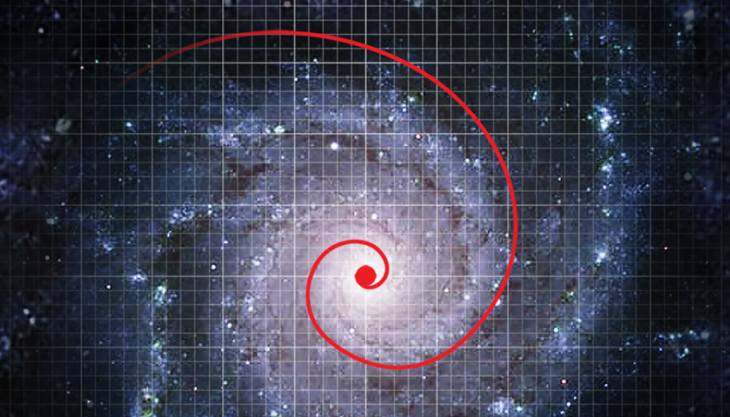Theoretical and Observational Astronomy and Radiointerferometry

Head of the department
Dr.Sc.
Sergey G. MOISEENKO
Labs
- Magnetoplasma Processes in Relativistic Astrophysics. Head: Dr.Sc. Gennady S. BISNOVATY-KOGAN
- Rapid Variable Cosmic Sources Sector. Head: Ph.D. Alexey S. POZANENKO
- Very Long Baseline Interferometry.
- Radiometry. Head: Ph.D. Dmitry P. SKULACHEV
- Microwave Engineering. Head: Dr.Sc. Alexander S. KOSOV
- Submillimeter and Infrared Astronomy Sector. Head: Igor A. MASLOV
Новости
Head of the department
Dr.Sc.
Sergey G. MOISEENKO
Labs
- Magnetoplasma Processes in Relativistic Astrophysics. Head: Dr.Sc. Gennady S. BISNOVATY-KOGAN
- Rapid Variable Cosmic Sources Sector. Head: Ph.D. Alexey S. POZANENKO
- Very Long Baseline Interferometry.
- Radiometry. Head: Ph.D. Dmitry P. SKULACHEV
- Microwave Engineering. Head: Dr.Sc. Alexander S. KOSOV
- Submillimeter and Infrared Astronomy Sector. Head: Igor A. MASLOV
Themes
- theoretical research and numerical modeling in the field of astrophysics and cosmology;
- cosmic gamma-ray bursts (GRBs);
- terrestrial gamma-ray flashes (TGFs);
- Earth's atmosphere;
- Instruments for millimeter and submillimeter astronomy.
In general
The department was established at the end of 2013 on the basis of several laboratories and sectors of the Institute. The case for this creation was to combine theoretical and experimental astronomical research in different ranges of the electromagnetic spectrum, from radio to gamma radiation.
Theoretical research and numerical modeling of problems of modern astrophysics and cosmology are in the domain of the laboratory of Magnetoplasma Processes in Relativistic Astrophysics. The foundations of Relativistic Astrophysics were laid by the outstanding Soviet physicist, academician Yakov B. Zeldovich (1914-1987). Today the laboratory is headed by Dr., Prof. Gennady S. Bisnovaty-Kogan — one of the first students of Prof. Zeldovich in astrophysics. The main research themes of the laboratory are supernovae, neutron star crust properties, accretion in neutron stars and black holes, gravitational lensing, effect of dark energy on the galactic cluster outflow, etc.
Rapid Variable Cosmic Sources Sector deals with cosmic gamma-ray bursts — one of the most powerful catastrophic events in the Universe. This research began in IKI since the 1980s under the guidance of Isay V. Estulin (1917-1982) in the Department of Exoatmospheric Astronomy, headed by Josef S. Shklovsky (1916-1985). Photometric observations of GRB’s in visible range during their active phase, afterglows and host galaxies are carried out with Russian and foreign telescopes, as well as studies of the connection of gamma-ray bursts to supernovae. Another research area is Terrestrial Gamma-Flashes (TGFs), which are associated with lightning activity in the upper atmosphere.
The Laboratory of Very Long Baseline Radio Interferometry focused on VLBI studies has been one of the important divisions of the Department since its creation. Dr. Leonid I. Matveenko (1929–2019), the former head of the laboratory, was the inventor and one of the pioneers of the VLBI. The method allows to achieve a uniquely high angular resolution in radio astronomy, and even by hundreds or even thousands of times better, when applied in infrared and optical ranges.
The research work of the Laboratory of Microwave Engineering and the Laboratory of Radiometry continues the studies of the Department of Applied Space Millimeter- and Submillimeterwave Astronomy headed by Dr. I.A. Strukov. The department executed a very important Relikt-1 mission (aboard Prognoz-9 spacecraft) and started the work on the Relikt-2 project. The Relikt-1 was initiated by academician Nikolay S. Kardashev (1932–2019). One of its key outcomes was the first measuring of cosmic microwave background anisotropy that remained in the Universe since its earliest age.
The Submillimeter and Infrared Astronomy Sector was created at IKI by Dr. Gennady B. Sholomitsky in the early 1970s as a laboratory. Cooled submillimeter-wave photometers were developed here, and the astronomical studies of interstellar dust and characteristics of the Earth's atmosphere were carried out using high-altitude and airplane telescopes. Today the sector is focused on the study of dust properties and its distribution in space and the Earth's atmosphere using astronomical methods.
